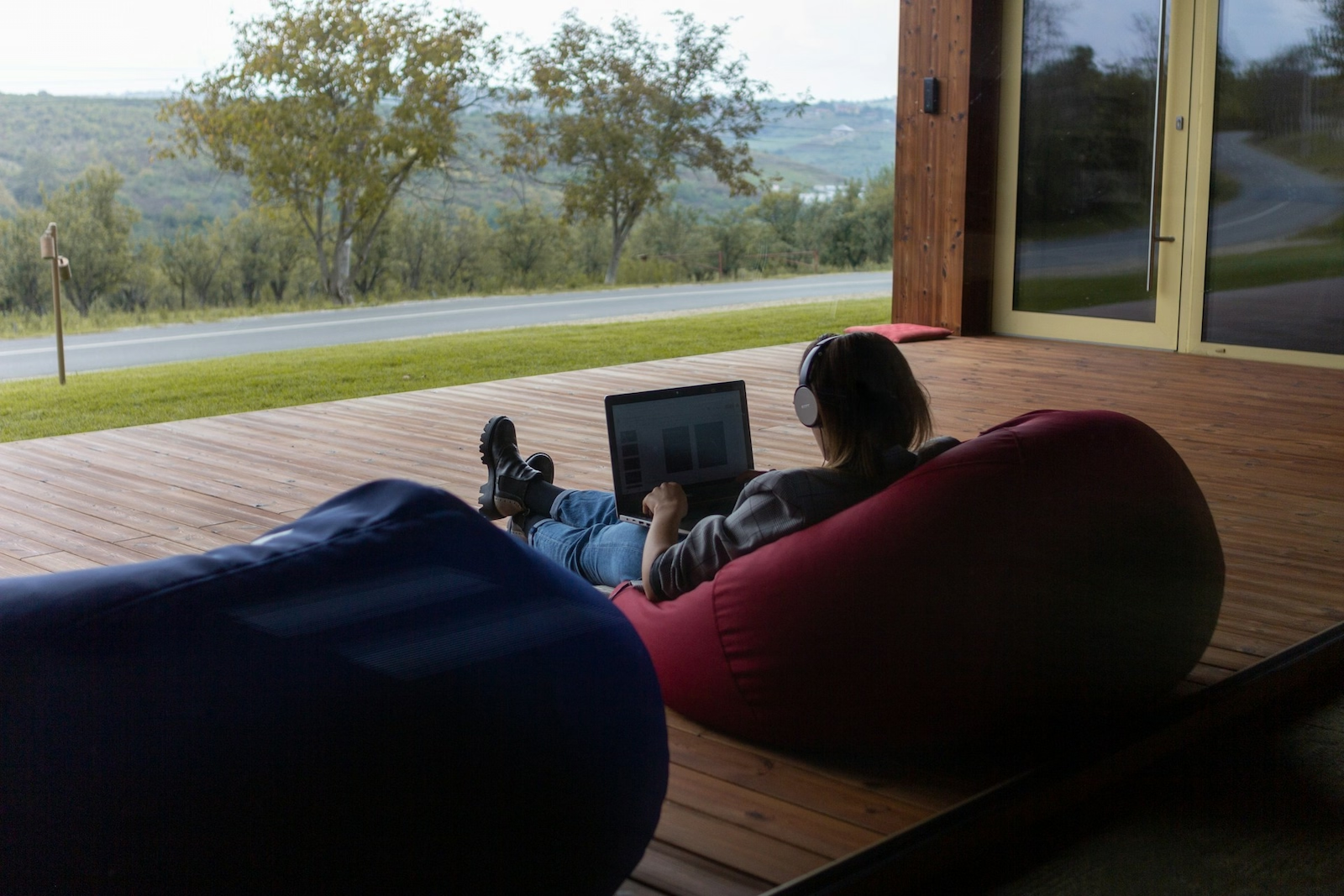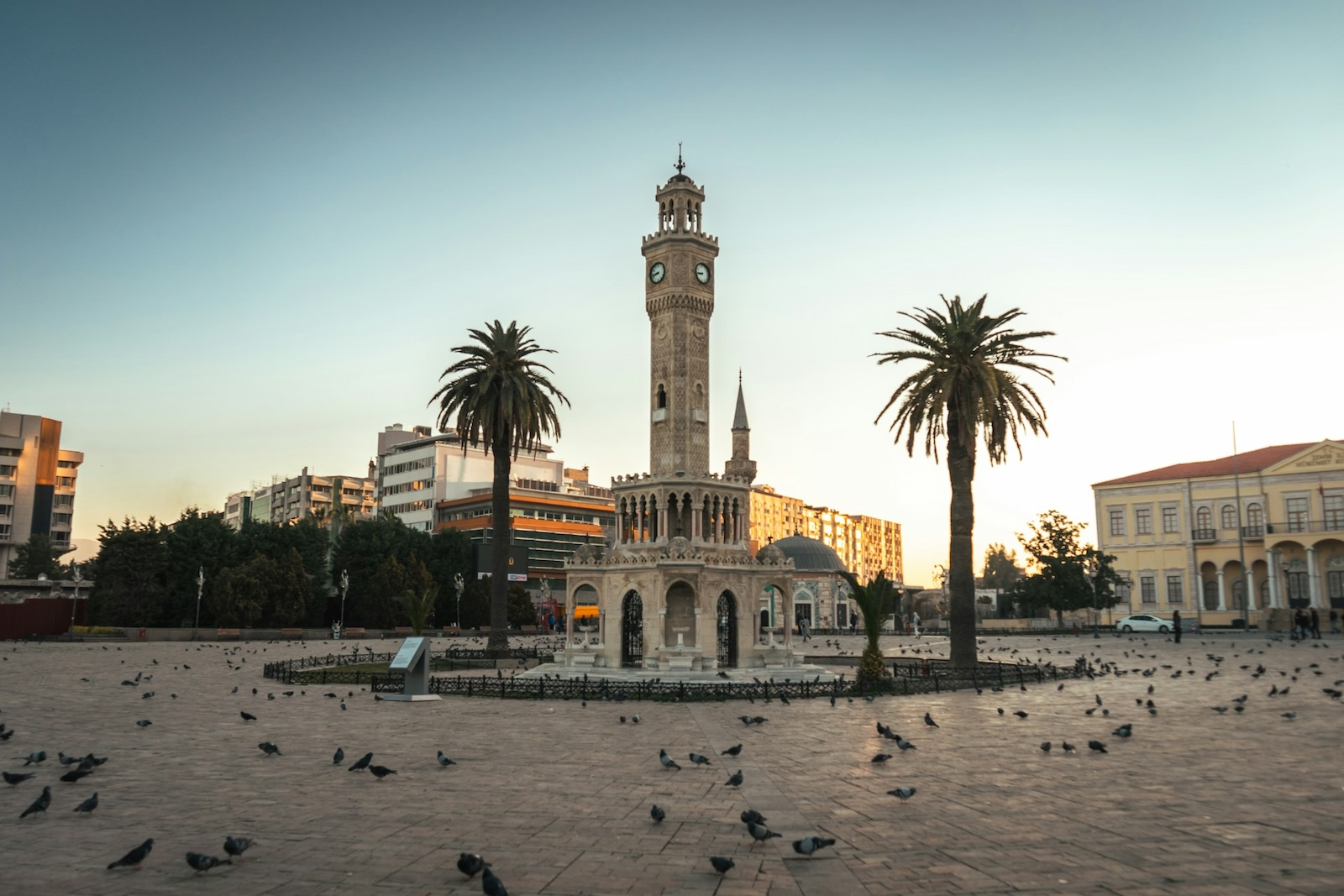Remote work has opened the world in a way that few trends ever have. You can take your meetings from a beach café, a mountain cabin, or a city halfway across the planet. But once you’ve got that flexibility, there’s a new question to ask: where should you actually base yourself?
Finding the best remote work time zones is more than just a scheduling problem — it’s about managing the balance between productivity and lifestyle. Some destinations make it easy to stay in sync with your team, while others are better suited for people who prefer flexible hours and fewer interruptions. Here’s how to think about working across continents, and which time zones for remote work make the day flow easily, wherever in the world you decide to log in.

Why time zones matter for remote work
When you’re working across time zones, your schedule can either make your life easier or turn every day into a logistical puzzle.
Being just a few hours ahead or behind your team can mean you overlap during core hours — great for collaboration. But being twelve hours apart can leave you answering messages at midnight.
The “perfect” time zone depends on your company’s location and your preferred working rhythm. If your team’s in New York, basing yourself in Europe gives you afternoon overlap. If your team’s in London, Southeast Asia might mean working evenings and free mornings. For many people, that tradeoff works beautifully.
Understanding how the world’s clocks line up is the real secret to working remotely in a different time zone without losing your sanity.
Americas, the balanced zone
For North American teams, staying within roughly the same hemisphere is easiest. Latin America — especially countries like Mexico, Colombia, and Costa Rica — shares similar hours with both the U.S. East and West Coasts.
That means you can finish work and still catch daylight for exploring, surfing, or city life. Many digital nomads call this the “sweet spot” of remote work time zones because there’s little to no adjustment required.
Plus, internet speeds and co-working communities are strong across the region.
Even Canada’s Atlantic provinces (like Nova Scotia) or Argentina work well if you want to shift your hours slightly earlier or later without giving up collaboration time.

Europe - great for overlap
If your company is based in North America but you want to live somewhere different, Europe is usually the most practical leap. Portugal, Spain, and Croatia are all popular for remote workers — and for good reason. You’ll be five to six hours ahead of U.S. Eastern Time, meaning mornings are quiet for deep work and afternoons overlap with your team’s schedule.
If your company is based in Europe, being elsewhere on the continent — or just a couple of hours away in North Africa — keeps communication effortless. Time zone differences stay small, and internet infrastructure is excellent.
Europe also gives you the best of both worlds: strong connectivity for work, and quick access to travel options once you log off.
Africa and the Middle East (underrated but convenient)
Few people realize how well Africa’s time zones line up for remote work. Most of the continent sits on or near the same line as Europe, so if you’re working with European or Middle Eastern teams, it’s ideal.
Cities like Cape Town, Nairobi, and Casablanca are gaining attention as digital-nomad bases for this reason. The lifestyle is slower, costs are often lower, and yet you’re only a couple of hours away (in time) from London or Berlin.
The Middle East — especially Dubai — is also emerging as a hub for people working remotely in a different time zone while maintaining easy connections to both Europe and Asia.
Asia-Pacific for productive nights and free days
If you prefer quiet mornings or you’re collaborating with U.S.-based teams, Asia can actually be perfect. Thailand, Vietnam, and Indonesia are several hours ahead, meaning your evenings overlap with U.S. workdays.
That gives you long, uninterrupted mornings for personal projects, sightseeing, or simply sleeping in.
For European teams, Asia’s time difference is larger but manageable — especially if your company allows flexible hours. Australia and New Zealand, on the other hand, are great bases for those working with Asian companies or clients in the Pacific Rim.
The tradeoff here is rhythm. You’ll often be working across time zones that flip your schedule, but the payoff is waking up surrounded by tropical scenery or vibrant city energy.
Oceania and the Far East - extreme flexibility
If your company’s in North America, living in New Zealand or Japan means you’re literally on the other side of the clock. It’s not ideal for rigid 9–5 jobs, but for freelancers or asynchronous teams, it can actually help. Your workday happens while your team sleeps, and they wake up to completed tasks.
This model works well for developers, writers, and designers — anyone whose work doesn’t depend on constant meetings. You’ll just need to be disciplined about communication.







.jpg)




.avif)




